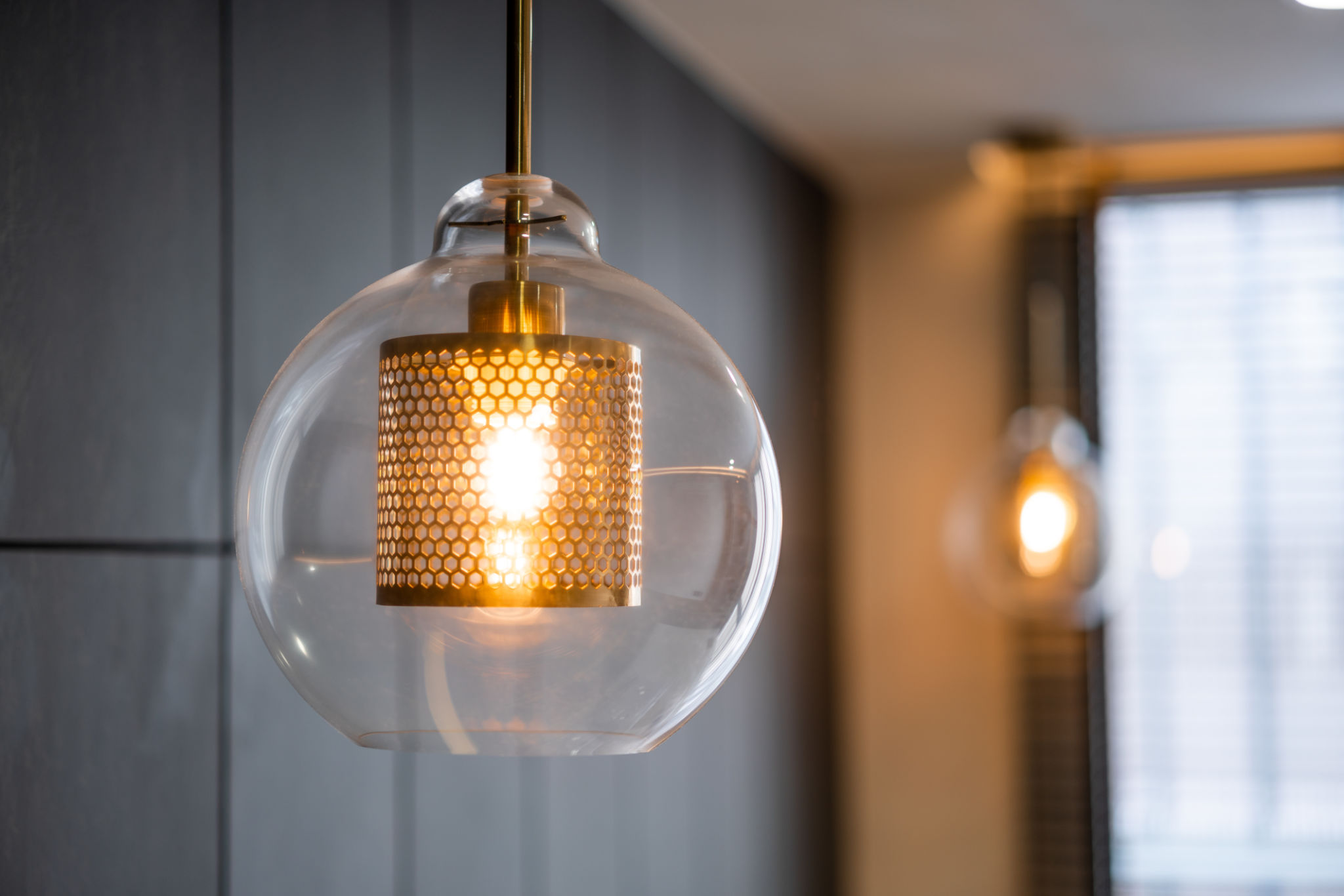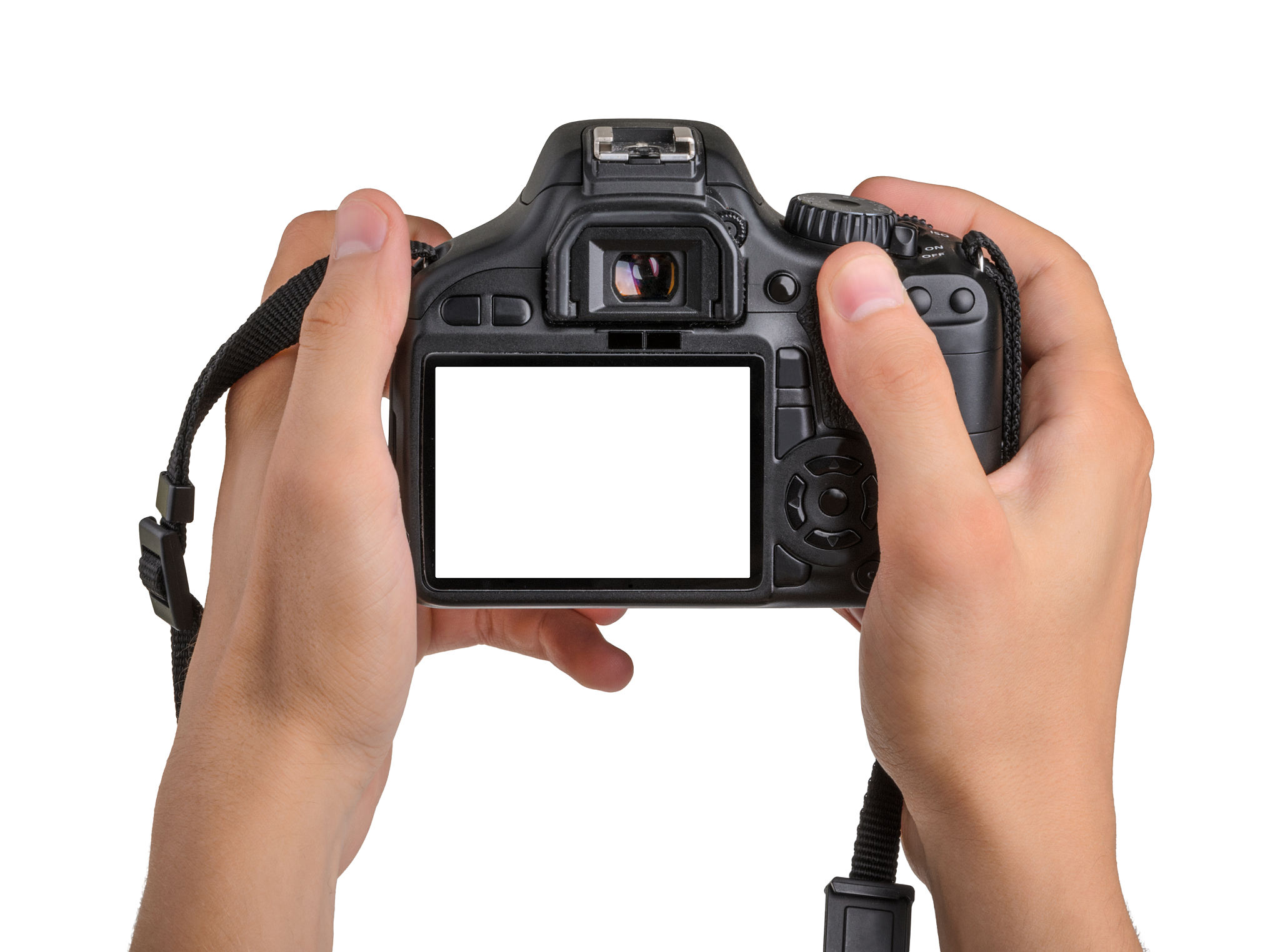DIY Tips for Better Event Photography at Home
Mastering Lighting at Home
Lighting is a crucial aspect of photography, and when you're shooting an event at home, you have the opportunity to control it to your advantage. Begin by identifying the best source of natural light in your space. Typically, windows provide excellent lighting during the day. Position your subjects near these light sources for softer, more flattering illumination.
If natural light is insufficient, consider using household items to create artificial lighting. Lamps without shades can be used to cast direct light, while lamps with white shades can diffuse light for a softer effect. Additionally, bouncing light off white walls or ceilings can help distribute it more evenly across your subjects.

Setting Up the Perfect Background
The background can make or break your event photos. At home, it’s easy to overlook clutter, but a busy background can distract from your subjects. Choose a clean, uncluttered wall or hang a fabric backdrop to create a professional look. Neutral colors work best, but don't shy away from adding a pop of color that complements the event theme.
For added interest, incorporate elements that relate to the event. For example, balloons or streamers can enhance the atmosphere of a birthday party. Remember to maintain balance; too many props can overwhelm the image.

Utilizing Camera Settings for Optimal Shots
Whether you’re using a DSLR or a smartphone, understanding basic camera settings can significantly improve your photos. Experiment with aperture settings to control depth of field; a lower f-number will create a blurred background effect, which is ideal for portraits. Adjusting ISO settings can help you achieve better results in low-light conditions, though be wary of increasing it too much to avoid grainy images.
Most smartphones now offer manual mode, allowing you greater control over these aspects. Don't hesitate to explore this feature and practice with different settings before the event begins.

Composing Your Shots
Composition is key in capturing compelling images. The rule of thirds is a fundamental principle that can enhance your photos’ visual appeal. Imagine your frame divided into nine equal sections by two horizontal and two vertical lines. Position important elements along these lines or at their intersections for a more balanced and engaging composition.
Additionally, don’t be afraid to experiment with angles. Shooting from different perspectives can add interest and variety to your shots. Get creative by capturing candid moments from unusual viewpoints or even from above for a fresh perspective.

Post-Processing Techniques
Once you’ve taken your photos, post-processing is where you can refine and enhance them. Basic editing software or apps can help adjust brightness, contrast, and saturation. Cropping images can also help improve composition by removing unwanted elements.
If you're more advanced in editing, tools like Adobe Lightroom offer in-depth capabilities to fine-tune your photos. Remember that less is often more; aim to enhance the natural beauty of your shots without over-editing.

